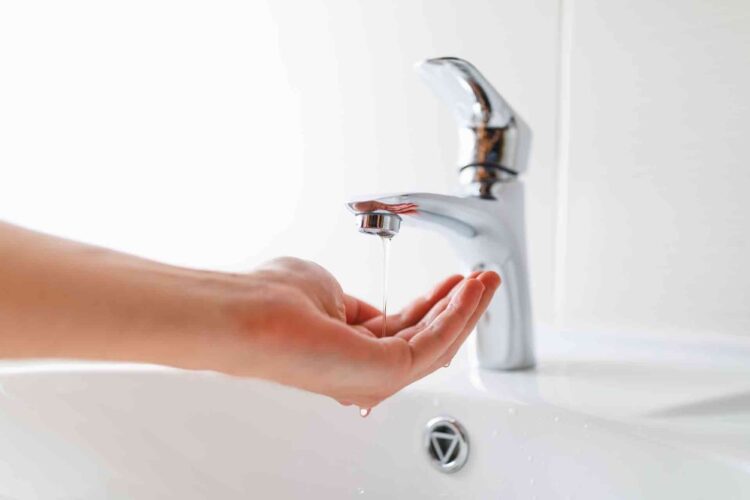Low water pressure can be a frustrating issue that affects various aspects of daily life, from showering to washing dishes. Fortunately, there are several steps you can take to diagnose and fix this common plumbing problem. In this guide, we’ll explore the potential causes of low water pressure and provide practical solutions to restore adequate water flow.
Understanding the Causes
Low water pressure can result from various factors, including:
- Clogged Pipes: Mineral deposits, sediment, and debris can accumulate in water pipes over time, restricting the flow of water.
- Faulty Fixtures: Aging or damaged faucets, showerheads, and valves can impede water flow and contribute to low water pressure.
- Pressure Regulator Issues: Malfunctioning pressure regulators can lead to inconsistent water pressure throughout the plumbing system.
Diagnosing the Problem
Before attempting to fix low water pressure, it’s essential to identify the root cause. Here are some steps you can take to diagnose the issue:
- Check Multiple Fixtures: Test the water pressure in various faucets, showers, and appliances throughout your home to determine if the problem is localized or widespread.
- Inspect Plumbing Fixtures: Examine faucets and showerheads for signs of mineral buildup or corrosion that may be obstructing water flow.
- Test Water Pressure: Use a pressure gauge to measure the water pressure at different locations in your home, such as indoor and outdoor faucets.
Solutions for Improving Water Pressure
Once you’ve pinpointed the cause of low water pressure, consider the following solutions to address the issue:
- Clean or Replace Aerators: Remove and clean faucet aerators and showerhead screens to remove mineral deposits and debris. If cleaning doesn’t improve water flow, consider replacing these fixtures with low-flow alternatives.
- Flush Water Pipes: Flushing the plumbing system can help dislodge built-up sediment and debris. Shut off the main water supply, open all faucets, and allow the water to run for several minutes to flush out any obstructions.
- Check Pressure Regulator: If you suspect a faulty pressure regulator, consult a plumber in Concord, NC, to inspect and adjust the regulator as needed. A professional plumber can ensure that the pressure is regulated appropriately throughout your plumbing system.
- Inspect for Leaks: Hidden leaks in pipes or fixtures can contribute to low water pressure. Inspect visible plumbing connections for signs of leaks, such as dampness or water stains. If necessary, enlist the help of a plumber to locate and repair any leaks.
Preventive Maintenance Tips
To avoid future issues with low water pressure, consider implementing the following preventive measures:
- Regular Maintenance: Schedule routine inspections and maintenance checks with a qualified plumber to keep your plumbing system in optimal condition.
- Softening Water: If hard water is a contributing factor to low water pressure, consider installing a water softener to reduce mineral buildup in pipes and fixtures.
- Monitor Water Usage: Be mindful of excessive water usage habits that may strain your plumbing system and contribute to low water pressure. Encourage water conservation practices among household members to maintain a consistent water flow.
Conclusion
In conclusion, addressing low water pressure requires a systematic approach to identify and resolve underlying issues. By understanding the potential causes of low water pressure and implementing appropriate solutions, homeowners can enjoy improved water flow and functionality throughout their plumbing systems. If you encounter persistent low water pressure issues or require professional assistance, don’t hesitate to contact a plumber in Concord, NC, for expert guidance and solutions tailored to your specific needs. With proactive maintenance and timely repairs, you can ensure reliable water pressure and optimal performance from your plumbing system for years to come.

